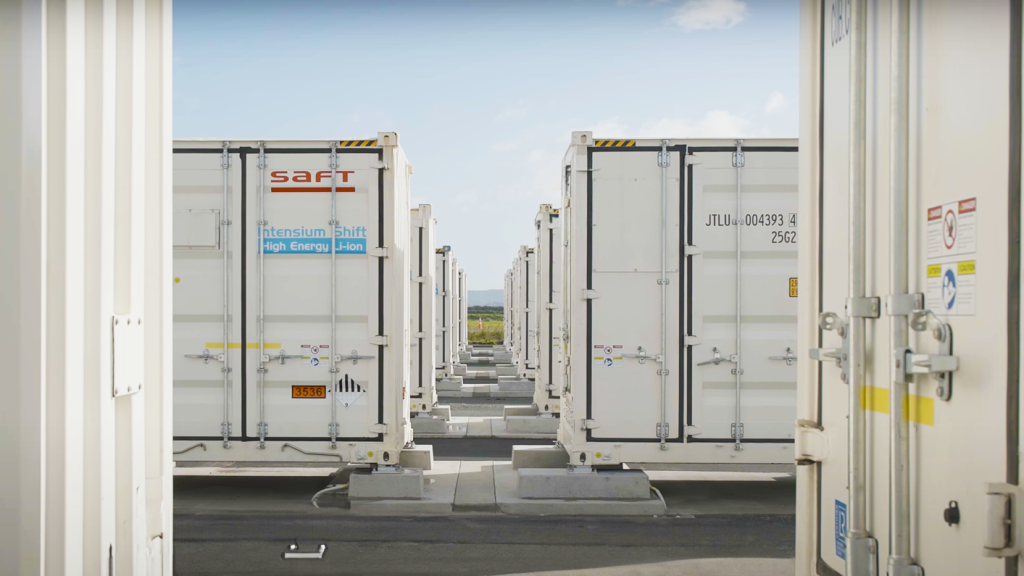Atmos Renewables and Nomad Energy have finalized financing for the 100 MW / 400 MWh Merredin battery energy storage system (BESS)—a $220 million project that translates to roughly $550 000 per MWh in capital costs, more than triple the 2024 global median turnkey price of $165 000 / MWh.
CapEx Premium Reflects Remote Connection and Scale
At $220 million for 400 MWh of storage, Merredin’s capital expenditure works out to $550 000 / MWh. By comparison, BloombergNEF’s 2024 survey found global average turnkey BESS pricing at just $165 000 / MWh—down 40 percent year‑on‑year to US$165 / kWh (equivalent to US$165,000 / MWh). The Merredin site’s higher cost likely reflects its location eight kilometres from Merredin town, the need for new grid interconnection at Western Power’s Merredin Terminal Station, and infrastructure to support a four‐hour duration at utility scale.
Strategic Siting Along Critical Transmission Spine
Positioned midway along the 650 km Muja–Kalgoorlie 220 kV transmission line, the BESS is engineered to smooth supply intermittency for both the Wheatbelt and Eastern Goldfields regions. Four hours of dispatchable energy storage at 100 MW output provides grid operators with valuable load‑shifting capability, critical as Western Australia’s South West Interconnected System (SWIS) integrates a rising share of wind and solar generation.
Technology Choice: Grid‑Forming Inverters for Inertia Support
GenusPlus Group will deploy Tesla Megapack units equipped with grid‑forming inverter technology. Unlike conventional inverters, grid‑forming units can independently establish voltage and frequency reference, enabling black‑start capability and synthetic inertia—an increasingly important feature in grids with declining synchronous generation.
Policy Incentives and Capacity Investment Scheme
Merredin is one of four winners under Australia’s inaugural federal Capacity Investment Scheme, designed to tender dispatchable energy storage resources. While the CIS awards price‑certainty contracts, project developers still face risks around merchant revenues in wholesale markets. Atmos’ financial close signals confidence in securing both CIS payments and spot market opportunities to underpin long‑term project returns.
Balancing Regional Development and Local Engagement
Construction is slated to begin shortly and conclude by early 2027, creating approximately 70 direct jobs. Atmos’s commitment to sourcing local suppliers aims to multiply economic benefits within the Merredin Shire. However, skilled‑labor shortages and supply‑chain constraints—common across large BESS deployments—could influence schedule adherence and cost control.
Portfolio Diversification and Future Pipeline
Merredin marks Atmos’ first project in Western Australia and its inaugural battery storage asset, complementing six operational solar farms across eastern states, totalling over 560 MW. Alongside Nomad Energy, Atmos targets more than 1 GW of renewable capacity in WA by 2030, blending generation and storage to meet evolving grid needs. This integrated approach mirrors global trends, where pairing renewables with storage is key to delivering firm, low‑carbon power amid rising electrification of industry and transport.
Grid Resilience and System Security
As SWIS peaks exceed 5,000 MW on summer afternoons, the added flexibility from a mid‑network 100 MW/400 MWh BESS provides a buffer against sudden fluctuations in solar output or thermal plant outages. The Merredin project thus contributes to broader system stability goals—an imperative highlighted by rising frequency events and increased inverter‑based generation across Australia’s largest regional grid.
By aligning costlier remote‑grid connection with advanced inverter technology and supportive policy incentives, the Merredin BESS illustrates both the challenges and pathways for scaling large‑scale energy storage in jurisdictions transitioning toward 100 percent renewable energy.
